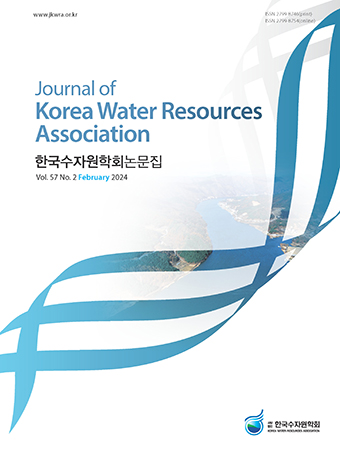Research Article
Abstract
References
Information
Vrugt, J.A., Ter Braak, C.J.F., Diks, C.G.H., Robinson, B.A., Hyman, J.M., and Higdon, D. (2009). "Accelerating Markov chain Monte Carlo simulation by differential evolution with self-adaptive randomized subspace sampling." International Journal of Nonlinear Sciences and Numerical Simulation, Vol. 10, No. 3, pp. 273-290.
10.1515/IJNSNS.2009.10.3.273- Publisher :KOREA WATER RESOURECES ASSOCIATION
- Publisher(Ko) :한국수자원학회
- Journal Title :Journal of Korea Water Resources Association
- Journal Title(Ko) :한국수자원학회 논문집
- Volume : 53
- No :2
- Pages :107-119
- Received Date : 2019-11-25
- Revised Date : 2020-01-03
- Accepted Date : 2020-01-03
- DOI :https://doi.org/10.3741/JKWRA.2020.53.2.107




 Journal of Korea Water Resources Association
Journal of Korea Water Resources Association










